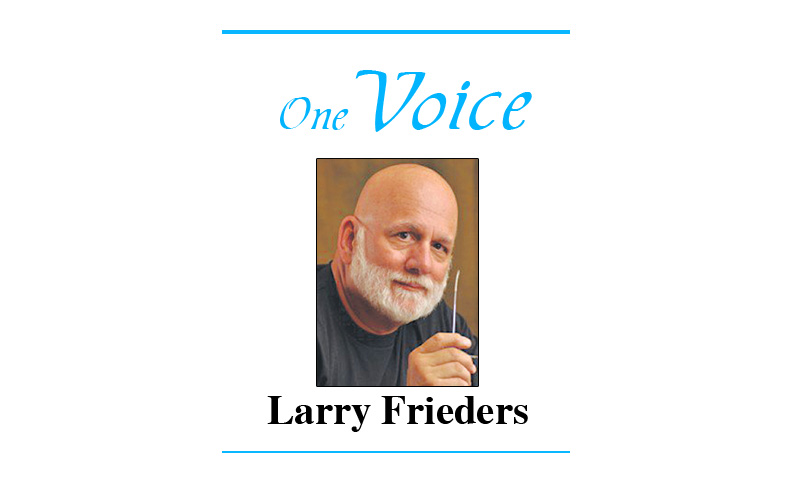
Media unrelentingly blasts us with drug advertising. Most often, the drugs are referred to medicines, or treatments. In recent years we’ve been hearing about adjunct treatments – which generally means that there’s another drug that a person can take along with the drug(s) they already take, which might help the original drug(s) work better. Whether they actually improve treatment is questionable, which is rarely a sufficient reason to not take the new adjunct product.
Although consumers might be most interested in simple, direct approaches to health the modern focus seems focused on selling more drugs rather than curing the underlying diseases.
It has long been a (sick) joke in medicine that a patient cured is a customer lost. Except for just a minuscule number of drugs, the emphasis in medicine is directed at designing drugs that a person will take daily for the rest of life. When there are problems, prescribers will either change to a different drug, or add another one. It is rare that a person is ever advised to stop any existing drug treatment program.
The issue of side-effects is complicated, primarily because everyone is different, similar but different. Additionally, one person’s reactions might be falsely identified as unrelated to the drugs, especially when there are factors that motivate prescribers to keep prescribing. Every individual doctor is different and patients often believe that their doctors are one of the good ones and that he/she is not under the thumb of BigPharma. That’s a nice belief that isn’t supported by decades of research. Prescribers are influenced by drug companies and their representatives. The old stories of donuts for the office staff members and salespeople that could be models, are true.
There was a time when drug-makers hired people who were experienced in the field. Pharmacists were often lured away from behind the pharmacy counter to take jobs that promoted drugs to the prescribers. Of course, there might be instances where this situation is true, the vast majority of representatives on the street are recruited because of their looks and/or selling skills.
Those who want to be healthy and avoid prescription drugs have to do their own work. The information to make good health decisions is available, but it takes special effort to find it, digest it, and make good decisions. The drug sellers capitalize on this situation. In the search for a healthier life, many of us will consume what the drug-makers tell their doctors to prescribe. It’s a great business model.
There’s an expensive new drug on the market. The television advertising includes a silly jingle that I’ve heard children singing. It was approved by our Food & Drug Administration (FDA) and is described as an adjunct therapy for Type 2 Diabetes. Surprisingly (?), was discovered that this drug helps people lose weight rapidly. Once the beautiful elite heard this fact, the demand for the diabetes drug skyrocketed. The desire for a quick and easy way to drop pounds trumps any and all need for medical needs.
The package insert is 18 pages long, of relatively small type font. Similar to all such information, it is dense and difficult to wade through. To help the folks who want a summary, the manufacturer published a summary version, in multiple colors. It is more than 700 words in length and suggests that interested readers would be best served by checking the official insert, the one with 18 pages of detail. One can only imagine that the number of interested readers is large enough to make even a tiny dent in demand.
It takes special skill to navigate the data to arrive at an answer and there aren’t enough qualified guides to help consumers wend their way through the marketing, partial truths, and dangers of modern drugs. It’s sad, but too many people take too many drugs and it is unlikely that anyone can escape the system behind it. To complicate the situation even more, few consumers could afford the services of a qualified guide, especially when the guides could find themselves in the cross hairs of drug-makers, doctors, and governments. As an indication, examine the problems some professionals experienced when they publicly asked questions of he recent pandemic.
The situation is real. There are methods available to lower the consequences of too many drugs. Sadly, it remains an unsolved problem.
Larry Frieders is a pharmacist in Aurora who had a book published, The Undruggist: Book One, A Tale of Modern Apothecary and Wellness. He can be reached at thecompounder.com/ask-larry or www.facebook.com/thecompounder.

